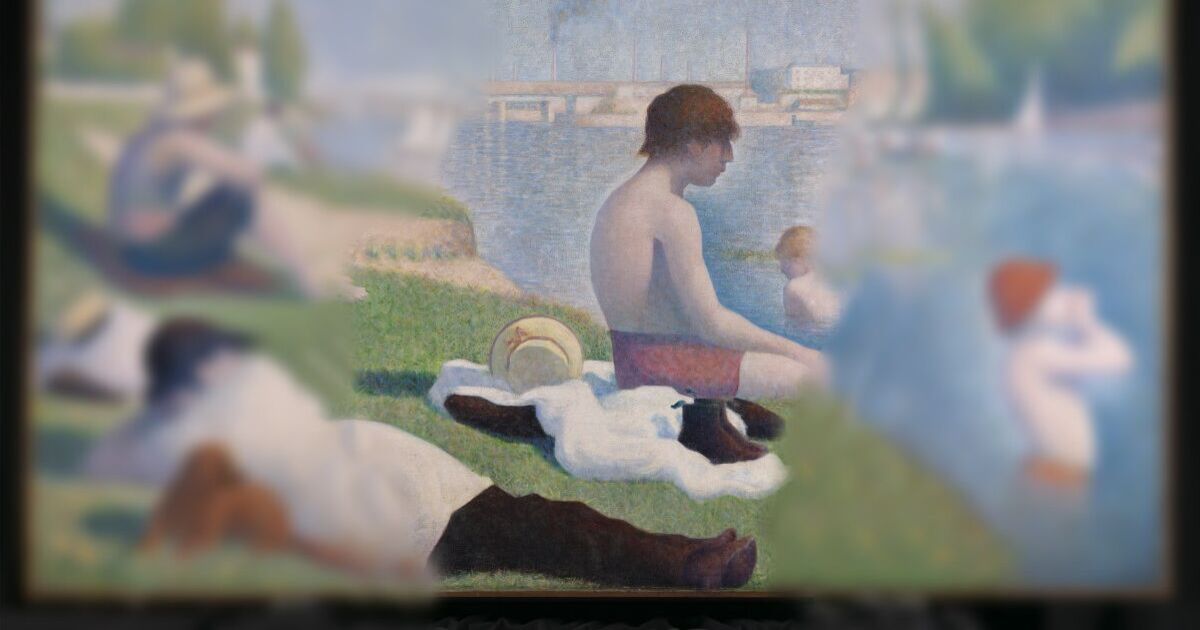Five of the nation’s most famous paintings have been altered – to show what they’d look like to someone with glaucoma. Pieces by masters Sandro Botticelli and Thomas Gainsborough, among others, were changed to show how they would appear to people with the eye condition.
Each of the artworks, including “The Supper at Emmaus” (1601), by Michelangelo Merisi da Caravaggio, can be found at London’s National Gallery.
But now, they’re shown with blurring around the edges and missing details – replicating to visitors how they could appear to the estimated 700,000 individuals in the UK suffering with glaucoma.
Giles Edmonds, clinical services director at Specsavers, which is behind the project, said: “Over two million adults in the UK are at risk of losing their vision due to glaucoma, the leading cause of irreversible blindness worldwide.
“Seeing the loss of details in these famous artworks highlights just what an impact this condition can have – not just when viewing beautiful art, but also in your day-to-day life.
“Having an eye test at least every two years, regardless of age, vision issues, or symptoms, is so important, as this condition is treatable, and it is possible to prevent potential sight loss, or even irreversible blindness.”
Other pieces of priceless art which were altered include “Bathers at Asnières” (1884), by Georges Seurat, and “The Ambassadors” (1533), by Hans Holbein the Younger.
Glaucoma is a common eye condition where the optic nerve between the eye and the brain becomes damaged, and is usually detected through a routine eye-test.
The condition, often referred to as the “silent thief of sight”, can be present without any symptoms – with almost half of those living with the condition being unaware that they have it.
Tracy Jones, from the National Gallery, said: “As the National Gallery approaches its 200th birthday in May 2024, we are pleased to partner with Specsavers during World Glaucoma Week, to further demonstrate our commitment to welcoming the widest possible audiences to enjoy and engage with great art.
“This lends a crucial reminder to everyone about the importance of getting regular sight tests, to continue to enjoy not only their favourite artworks, but also to detect early signs of conditions such as glaucoma.
“Thankfully, the National Gallery offers a range of accessible facilities to help the public experience the collection, visit exhibitions, and come to events.
“Access for blind and partially-sighted visitors includes audio descriptive content of key works in our collection, as well as a series of events entitled “Audio Art: Utterly in the picture”.
“Designed specifically for blind and partially sighted audiences, these events explore paintings on multi-dimensional levels – through words, music, and sounds.”










